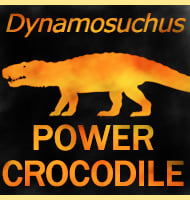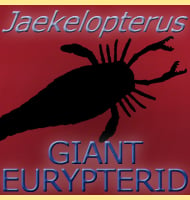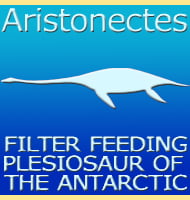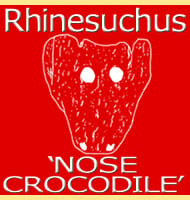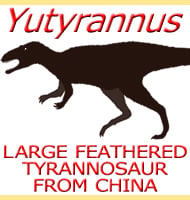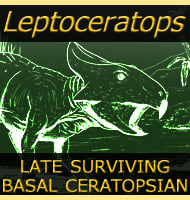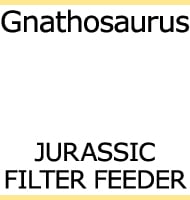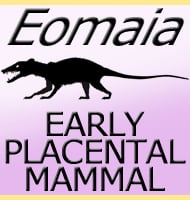In Depth
Lonchidion is a genus of very successful hybodontid shark that lived for most of the Mesozoic. Most fossils attributed to Lonchidion are Cretaceous in age, though Jurassic and even Late Triassic fossils are also known. Also, while Lonchidion has been mostly associated with North America and Europe, fossils from Africa and Asia are now starting to be identified, hinting at a cosmopolitan (global) distribution for the genus across different species. Hybodont sharks like Lonchidion are seen as being generalists, capable of hunting and efficiently killing anything from fish and cephalopods, to shelled crustaceans. It is this adaptability which is seen as the main reason for the success of this shark genus, and it is also mirrored within some of the relative shark genera to Lonchidion such as Hybodus.
Further Reading
- Fossil vertebrates from the Late Cretaceous Lance Formation, eastern Wyoming. - University of California Publications in Geological Sciences 49:1-180. - R. Estes - 1964. - A selachian freshwater fauna from the Triassic of Kyrgyzstan and its implication for Mesozoic shark nurseries. - Journal of Vertebrate Paleontology 31 (5): 937–953. - Jan Fischer, Sebastian Voigt, J�rg W. Schneider, Michael Buchwitz & Silke Voigt - 2011.

